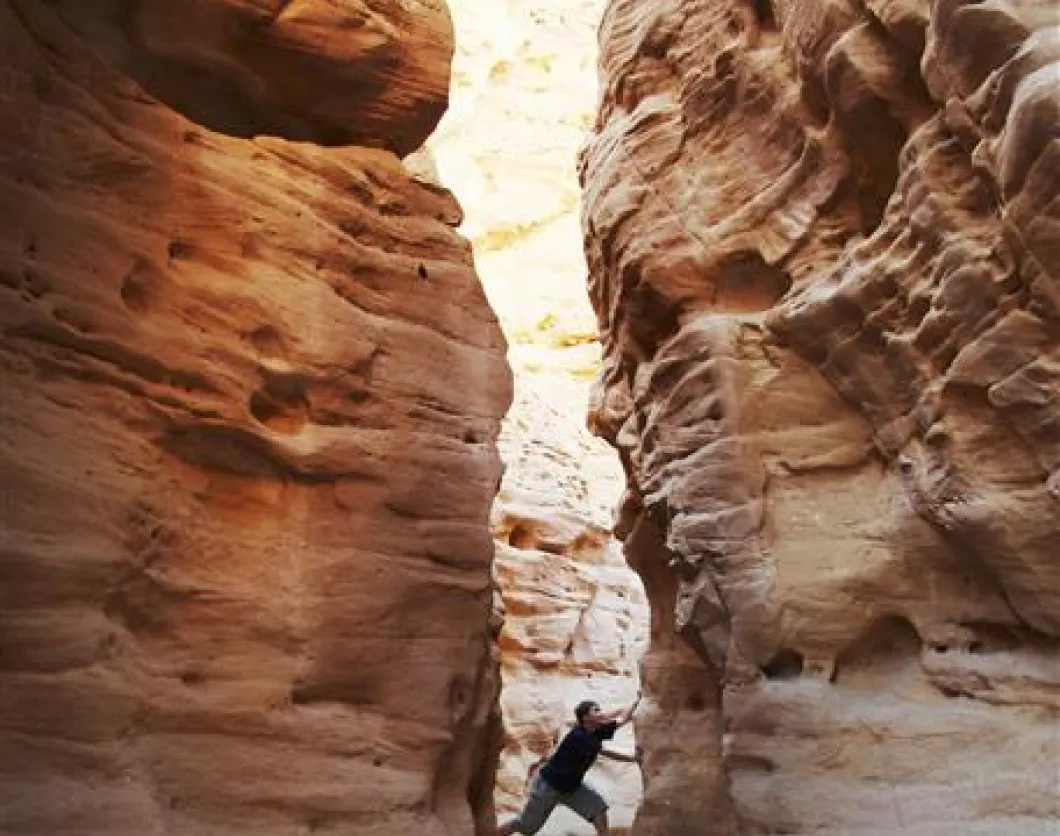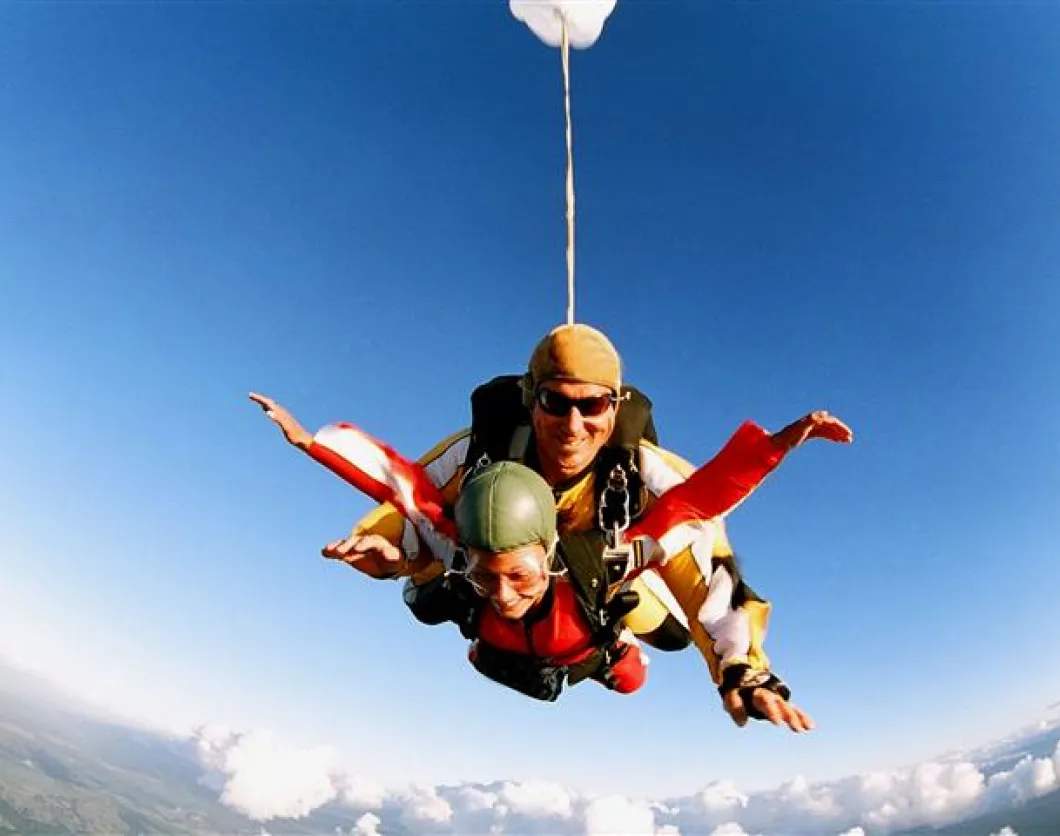In the recent years there has been an upsurge in the adventure market in line with growth in the global tourism trends as tourists shift their interest to new destinations and experiences. Statistics show that in 2012 approximately 42% of travelers from both North and South America and Europe cited an adventure activity as their last trip’s main activity according to data from Adventure Tourism Study 2013. This is a significant rise from only 26% in 2009.
It is estimated that the value of outbound adventure market for Europe and the Americas is $264 billion, a significant rise from the Adventure Tourism Market Study 2010 which found it valued at $89 billion. Of note is that these three regions make up 70% of the world’s tourism departures.
However, China and South Korea are not included even though they are growing source market. It is possible that they are less adventurous than the three regions.
Currently, the valuation stands at an average 65% annual increase of adventure tourism between 2009 and 2012. The growth can be attributed to increasing tourist departures, an increase in the number of travelers classified as adventure tourists and finally a rise in the spending of travelers from the regions.
Moreover, there has been a 20% yearly increase in adventure travelers’ spending in that period from $593 to $947 excluding gear and airfare expenses. Each trip averaged at around 10 days. South America had the largest increase of 85% regarding hard adventure travel (caving, heli-skiing, climbing…) spending and 25% increase in soft adventure (canoeing, cycling, hiking…) spending yearly.
Average trip spending for Soft Adventurers
2012 Growth Per Year (2009-2012)
Europe $897 (28%)
North America $1152 (25%)
South America $1501 (85%)
Average trip spending for Hard Adventurers
2012 Growth Per Year (2009-2012)
Europe $924 (24%)
North America $875 (9%)
South America $1333 (25%)
As expected this growth impacts travel businesses and the destinations in general. Shopping and enjoying the beaches have been replaced by exploring places that make the given culture unique thus memorable. This means good business for destinations that can offer such experiences.
There are two converging phenomena that can explain the growth in the last three years. The first is that travelers demand more physical activities that make them involved in the regions’ culture while exploring and discovering the destination. The second is the fact that destinations and tour operators have quickly adapted to this demand and offer more adventure in their trips. This would suggest that the adventure market growth will slow down over the next decade and reach an optimum for Europe, North and South America in 2020.
It is expected that the growth of new markets like China may reverse this trend by showing growth in the adventure markets. The growth will force operators to shift to the trends as well as increase innovations in this field in line with demand.











